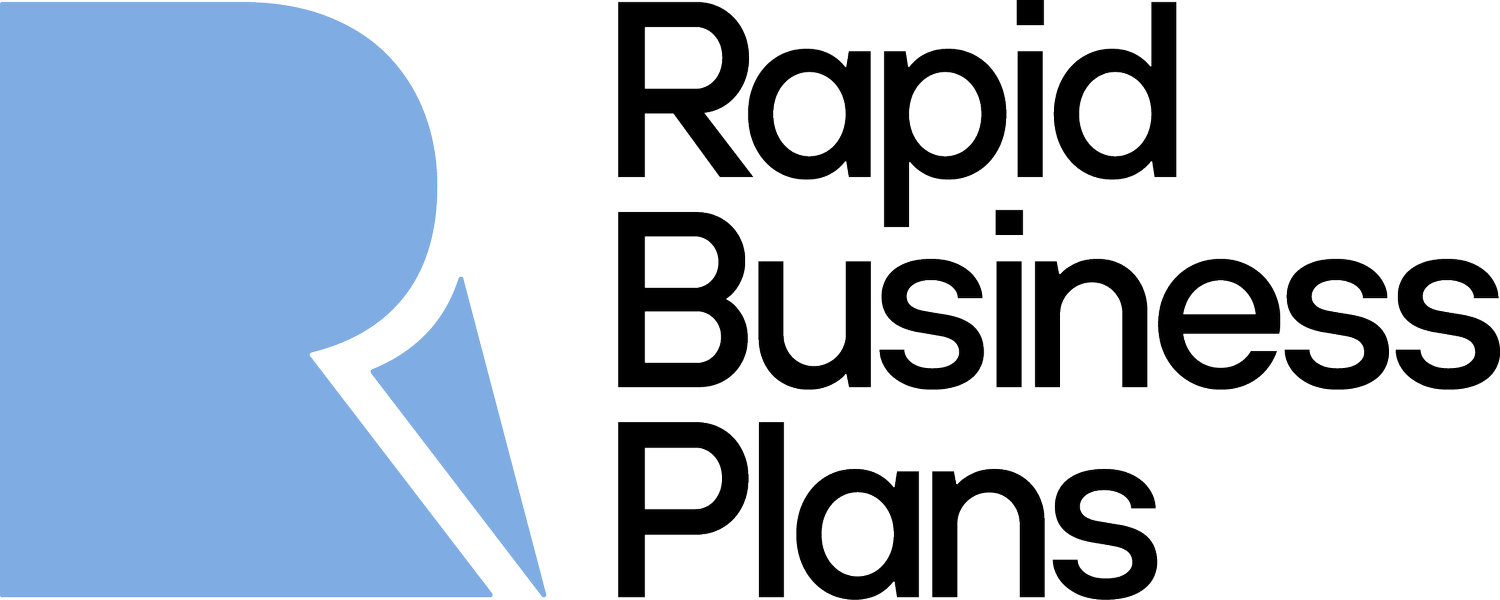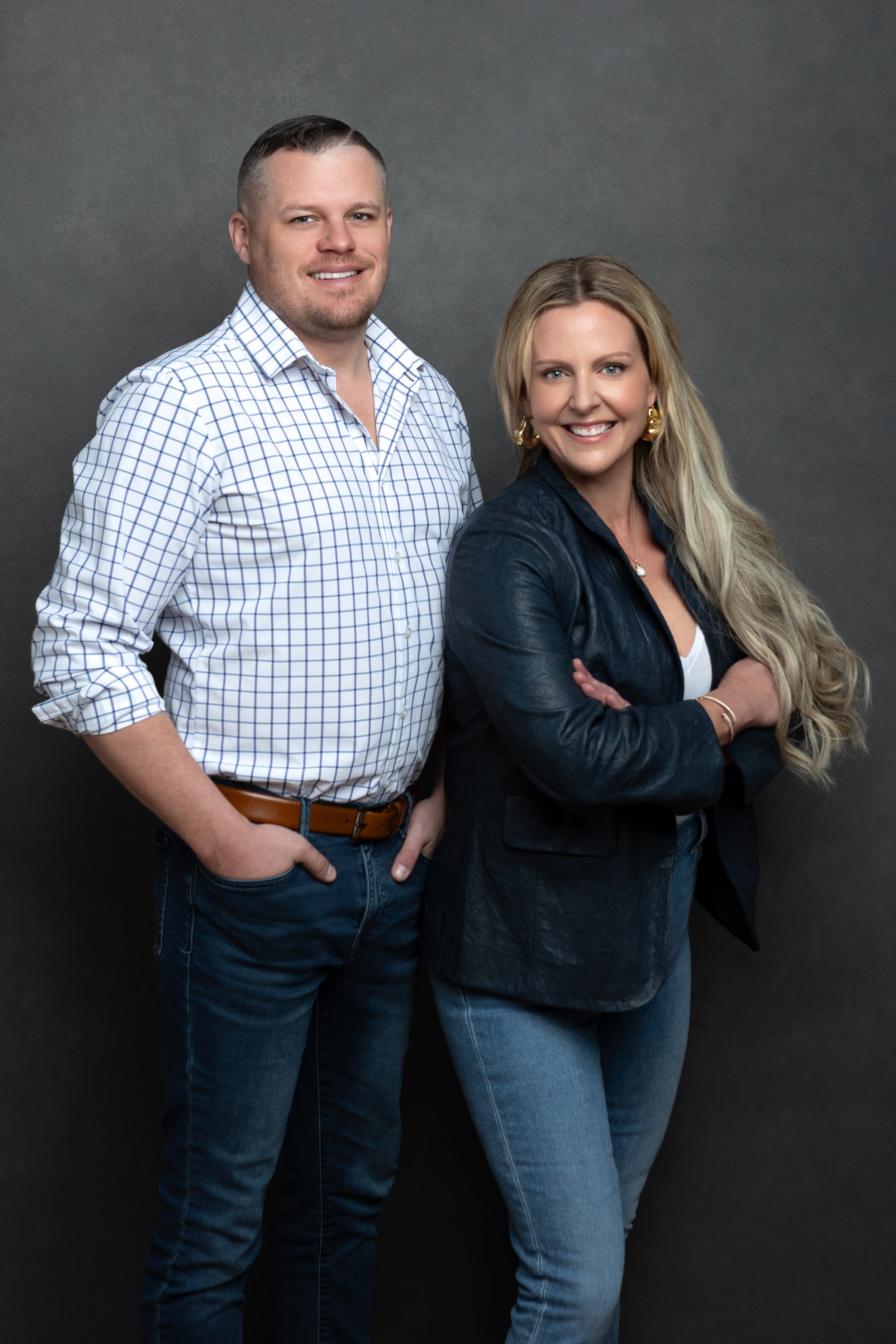Strategies for Small Businesses Amid Rising Costs
/With tariffs rising and economic uncertainty creeping back into supply chains, small businesses are once again being asked to do more with less. While there’s a temporary 90-day pause in place, the broader message is hard to miss: trade will cost more, and the margin for error is shrinking.
For businesses that rely on global suppliers—whether for raw materials, components, or finished products—this shift introduces a layer of financial unpredictability. It affects everything from pricing strategy and cash flow to customer retention and lending readiness. And for manufacturers or retailers with tight margins, the difference between profitability and loss could come down to how quickly they adapt.
The Real Cost of Tariffs
For small businesses, tariffs don’t just mean higher price tags on imported products—they trigger a ripple effect across operations:
Squeezed Margins: Whether you’re importing finished goods or parts for domestic assembly, your cost of goods sold just went up. That forces difficult decisions on pricing, volume, or both.
Volatile Supply Chains: Uncertainty over pricing and availability can disrupt order cycles, cause delivery delays, and introduce new friction in previously reliable vendor relationships.
Export Retaliation: U.S. companies that sell overseas may now face foreign tariffs on their own products—particularly in agriculture, manufacturing, and consumer goods.
The small businesses that will struggle most aren’t necessarily the ones with the biggest exposure. It’s the ones that are slow to respond.
This Is a Strategic Inflection Point
For many businesses, this is the moment to reevaluate supply chain relationships, pricing models, and long-term sourcing strategies. But it’s also an opportunity—because unlike during the pandemic-era scramble, this shift isn’t a surprise. It’s a policy signal. And with the right plan, it can be navigated.
Some businesses will double down on domestic sourcing. Others may seek suppliers in countries not impacted by tariffs. Others still may invest in automation or negotiate better terms with existing partners to create margin relief.
The common thread across all of them? Preparation.
Financial Planning Is the New Risk Management
If you’re applying for funding—whether through an SBA 7(a) or 504 loan, a private credit line, or investor support—your ability to show how tariffs impact your business (and how you plan to respond) is essential.
That includes:
Revised pricing strategies that account for higher input costs
Scenario planning that considers tariff escalation and potential retaliation
Inventory and cash flow forecasting that reflects new cost structures
The strongest plans don’t just acknowledge the challenge. They articulate a path through it.
Where Strategic Planning Meets Lender Confidence
This moment is about more than cost control. It’s about presenting yourself as a borrower or operator with the foresight and discipline to manage shifting economic policy.
And that’s exactly where strategic business planning earns its weight.
At Rapid Business Plans, we’ve helped small businesses across manufacturing, distribution, retail, and services translate macroeconomic headwinds into lender-ready plans—plans that communicate not just where a business is today, but how it will remain competitive tomorrow.
Whether you’re adjusting your growth strategy, pursuing financing, or simply trying to get ahead of uncertainty, your next move doesn’t need to be reactive. It can be intentional.
Tariffs are rising. The most resilient businesses will rise with them.




